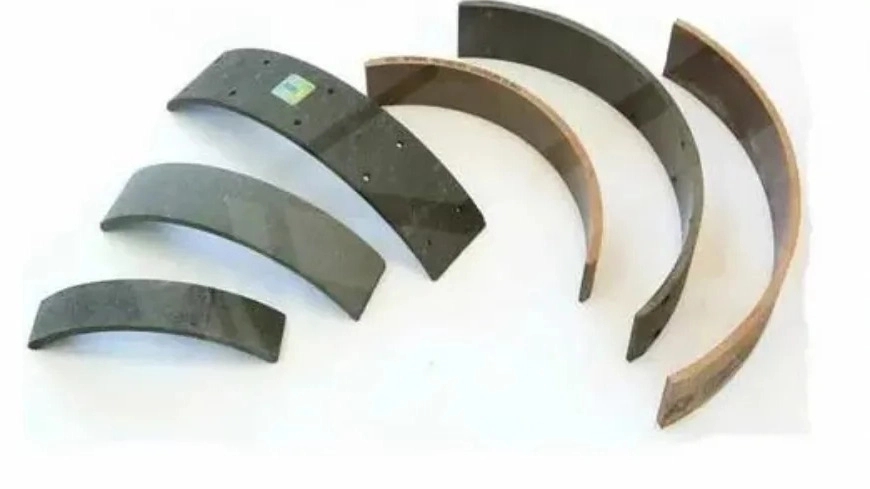Almost every vehicle gets at least a few dents and bumps. There are several different methods of minor body damage repair that customers can choose from. PDR, also called paintless polishing, is a machining procedure that is sometimes used as an alternative to traditional body restoration. This method allows the technician to repair the dent or dent without damaging the paint.
The difference between traditional smoothing and PDR
Typical or traditional body restoration involves using sandpaper to chip away at the paint, hammering and returning the metal to its original state, and then filling the areas with putty. Then the specialist sands and sprays with primer, base coat and the last coat of paint. This procedure may cost more than several million and take more than a week to complete.
Paintless refinishing or PDR involves working on the opposite side of the panel where the damage occurred. In fact, the metal is slowly drawn and returned to its proper place. In addition, a direct light tool is used to ensure that the exterior is smooth. Repair costs are usually lower than traditional methods and can usually be done in less than a day.
Smoothing methods
There are many methods for smoothing, and choosing the most appropriate method depends on the type of damage, the material of the part, the amount of budget and the employer's priorities. Some common methods are:
Smoothing with hammering: This traditional method is done using hand tools such as hammer and anvil and requires high skill and experience. Paintless polishing (PDR): In this method, using specialized tools, minor dents on the car body are removed without damaging the paint.
Smoothing with a suction device: This method smooths the depressions on metal surfaces by using vacuum suction. Laser smoothing: An advanced method that corrects dents and indentations on the car body using a thermal laser. Smoothing with putty and sandpaper: This method is used to fix more extensive damages that are accompanied by scratches or fractures and is usually accompanied by repainting.
Traditional smoothing tool
a handful

When there are uneven surfaces or dents on the body of your car due to an accident, it is necessary to fix the defective part using a series of tools. One of the most widely used tools is a fist, which can be used to restore the damaged area to its proper shape by using it and a number of other tools.
chassis
The action of pulling the chassis is called returning the chassis to its original state. This work is mainly done with the help of cranes or jacks, which are called chassis pullers. This tool is used in most cases when the intensity of the impact during the accident is very high so that the columns of the car are damaged.
sandpaper
This device is used to help clean the damaged parts and they are available in the market in manual and electric versions. During the smoothing process, first sanding is done on the damaged part to prepare for the painting stage.
Putty supplies
After the damaged parts have been replaced or repaired by the cleaner, it's time to paint, but don't forget that you have to putty the car before this. In fact, with this work, you provide the necessary foundation for repainting.

polish
It can be said that one of the most important final stages of smoothing is polishing, during which the smoothed parts are polished so that the new color looks like the first day and the new color used is unrecognizable. /p>
PDR smoothing tools and accessories
Hail killer or Lifter Hand Tools PDR Knock Down Tools Keeper Smoothing machine or PDR Hot Box PDR rod PDR gun glue Topical paint dryer
PDR smoothing has more advantages than traditional smoothing. If the blow to the car body is not very deep and does not have many wrinkles, it is recommended to repair it by smoothing without paint. Because in addition to reducing polishing costs, it prevents the price of the car from falling. Sadati Store has all kinds of equipment and devices needed for PDR polishing.

